Latest Comments
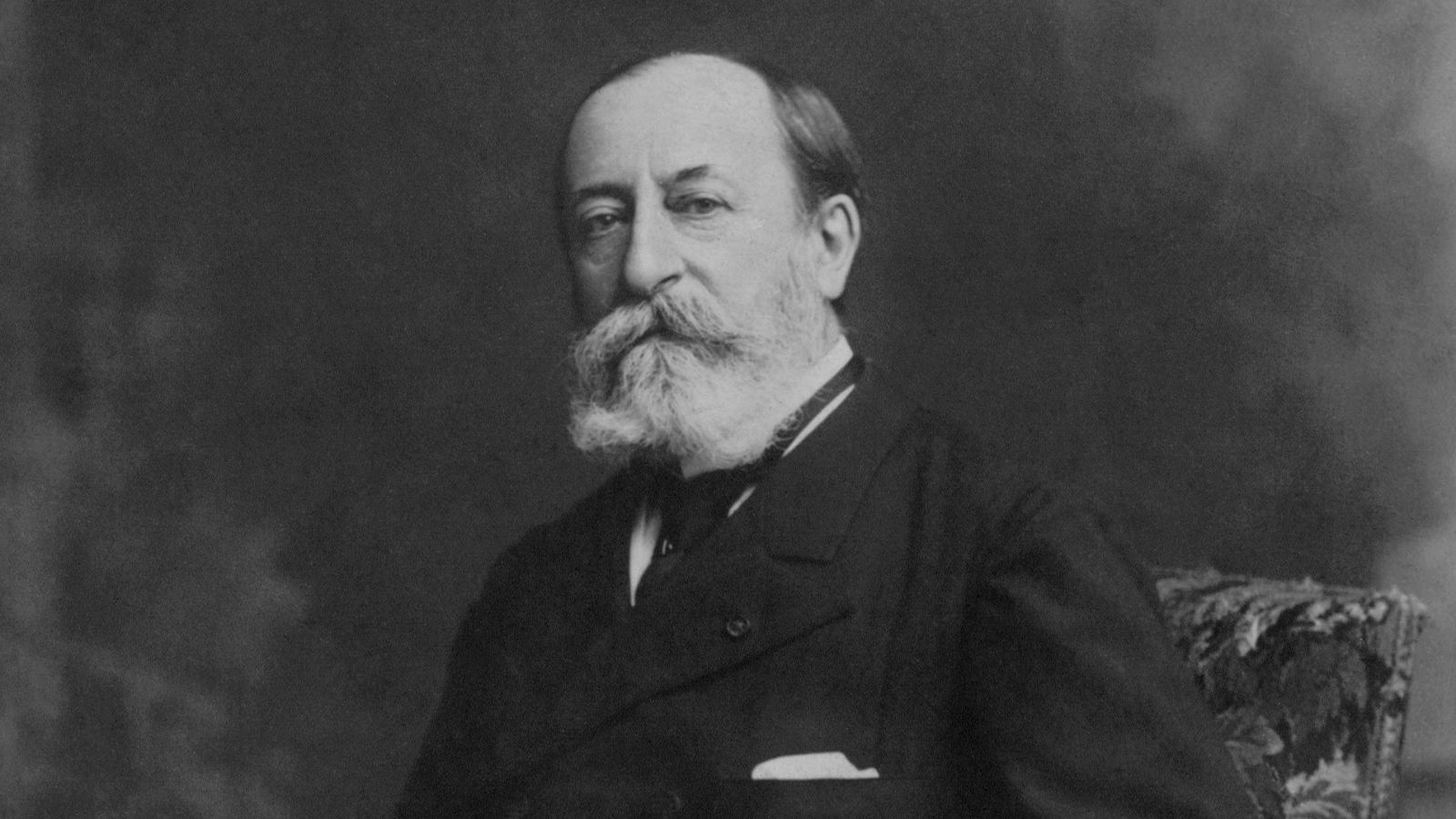
Camille Saint-Saëns: A Complete Biography
Camille Saint-Saëns was a French composer, pianist, organist, conductor, and writer whose life spanned from the height of Romanticism into the dawn of modernism. Best[…]

Arcangelo Corelli: A Complete Biography
Arcangelo Corelli (1653–1713) was an Italian composer and violinist who played a pivotal role in shaping the Baroque style, particularly in the realm of instrumental[…]

Johann Pachelbel: The Life and Legacy of a Baroque Master
Johann Pachelbel (1653–1706) stands as one of the most influential composers of the German Baroque era. Best known today for his timeless Canon in D,[…]
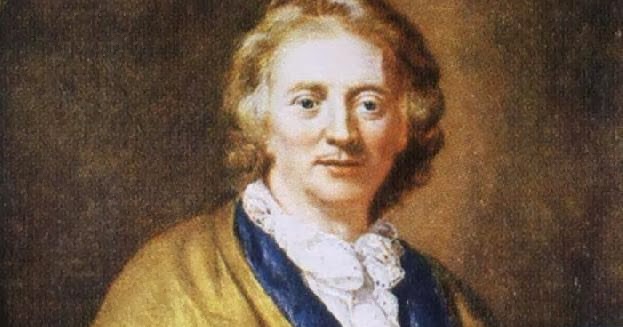
The Life and Legacy of François Couperin
François Couperin (1668–1733), often referred to as “Couperin le Grand” (Couperin the Great), stands as one of the most significant figures in French Baroque music.[…]
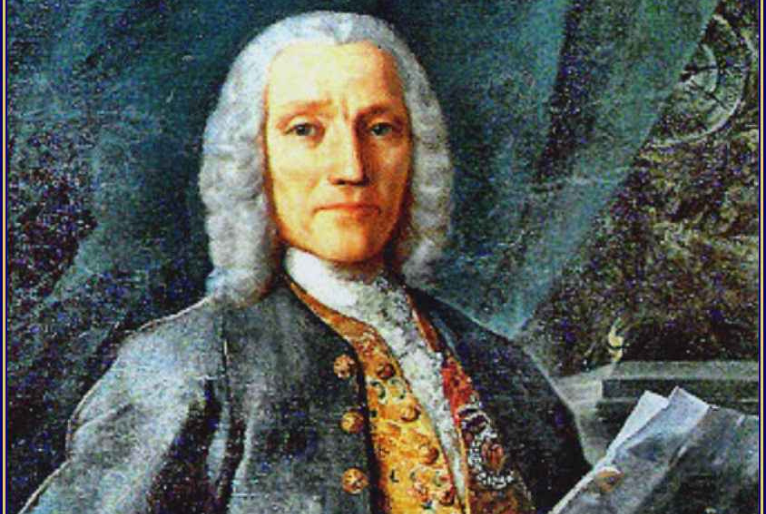
The Life and Legacy of Domenico Scarlatti
Domenico Scarlatti (1685–1757) was an Italian composer whose prolific output, particularly his 555 keyboard sonatas, significantly shaped the landscape of Baroque and early Classical music.[…]
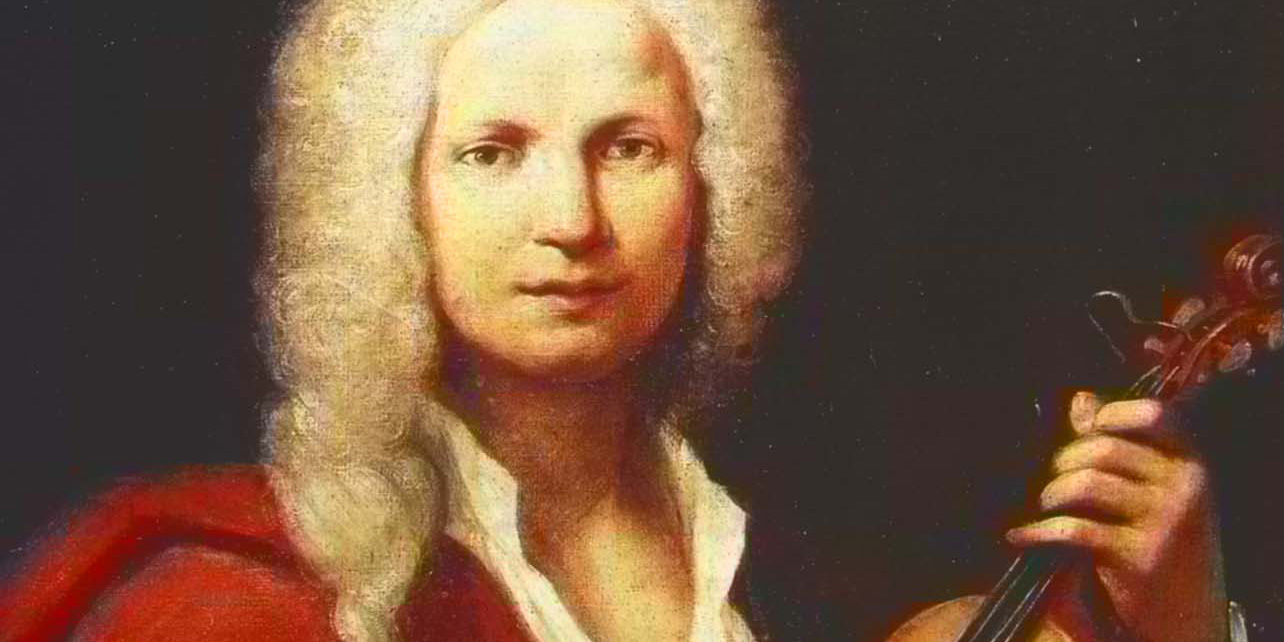
Antonio Vivaldi: A Comprehensive Biography
Antonio Lucio Vivaldi (1678-1741) stands as a towering figure in the landscape of Baroque music. An Italian composer, virtuoso violinist, teacher, and ordained priest, Vivaldi’s[…]

The 5 Best Compositions by Antonio Vivaldi
Antonio Vivaldi (1678–1741) was one of the most influential composers of the Baroque period. His music is known for its vibrant energy, rich harmonies, and[…]
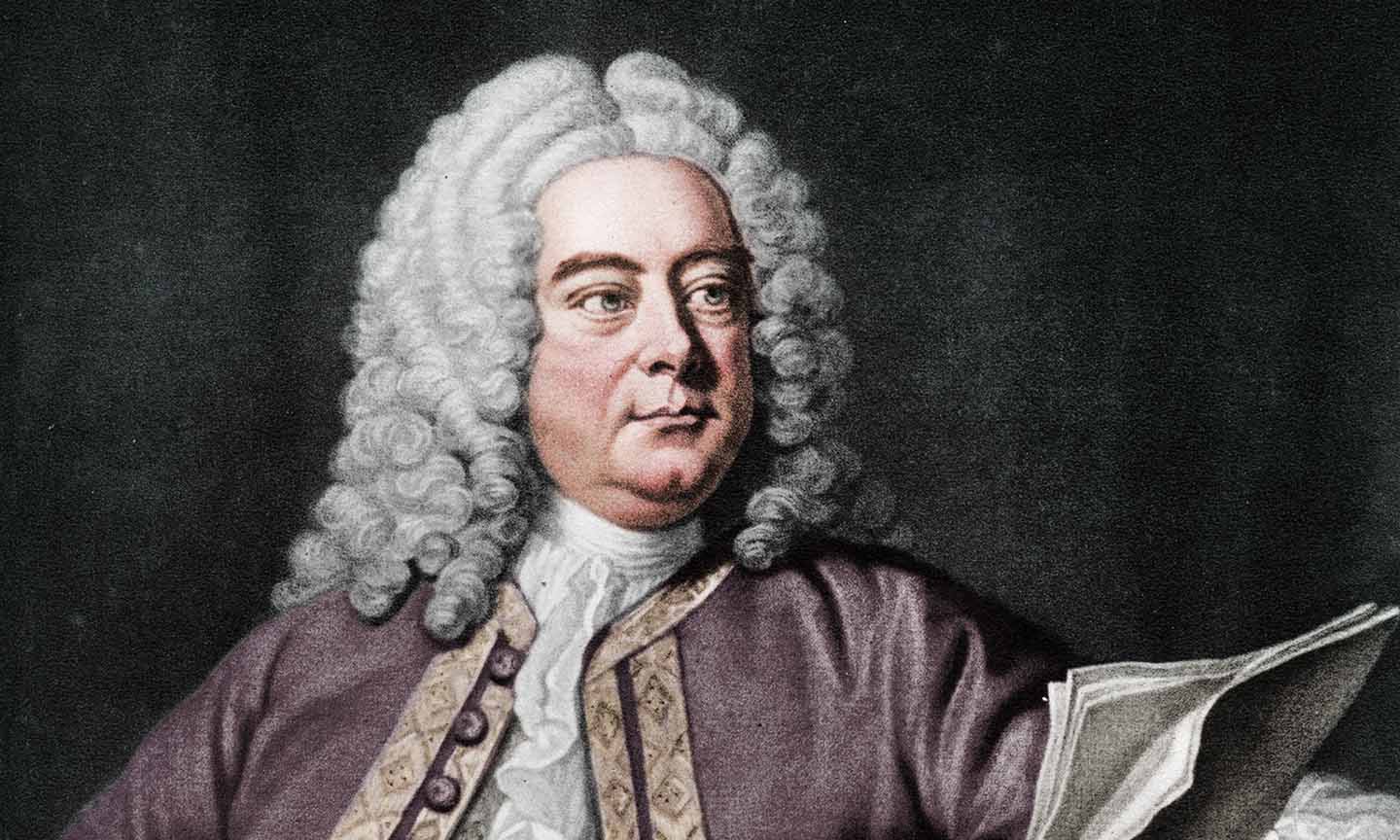
The Story Behind Handel’ Music for the Royal Fireworks
One of the most celebrated works of the Baroque period, Georg Friedrich Händel’s Music for the Royal Fireworks stands as a testament to the composer’s[…]

The Story Behind Pachelbel’s Vom Himmel Hoch Da Komm Ich Her
Johann Pachelbel, one of the most prominent Baroque composers of the 17th century, is renowned for his richly textured compositions and exceptional skill in crafting[…]

The Story Behind Vivaldi’s Gloria
Antonio Vivaldi, one of the most celebrated composers of the Baroque period, created a vast repertoire of music that continues to captivate audiences worldwide. Among[…]
© 2025 Top Classical Music. Created with ❤ using WordPress and Kubio